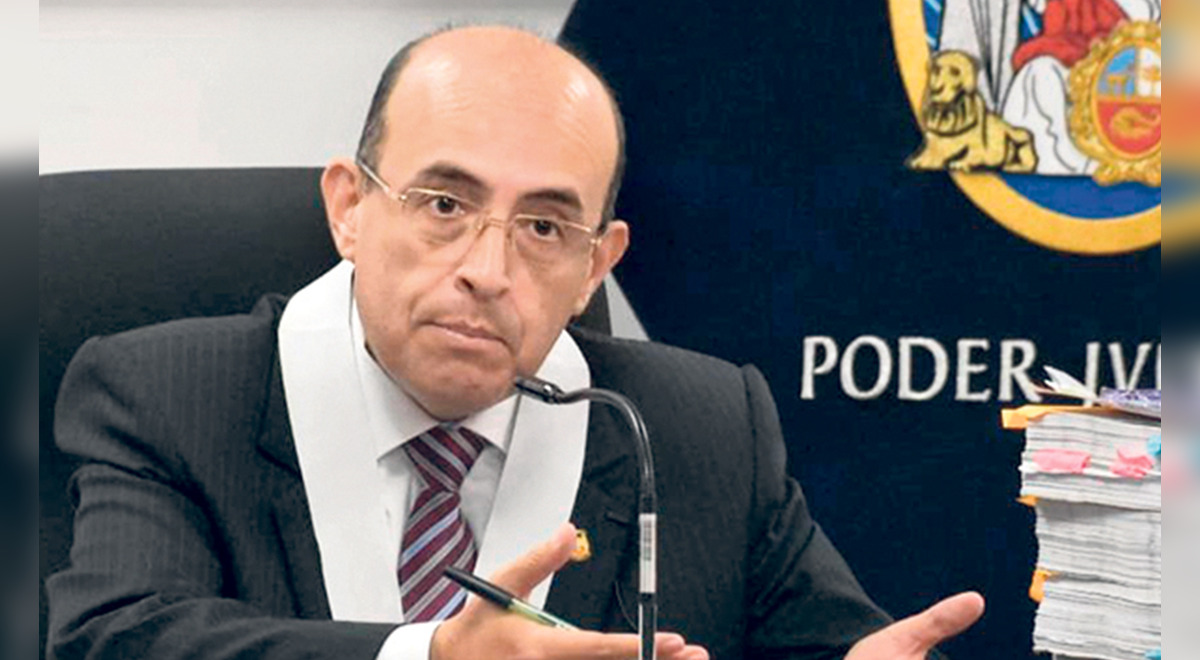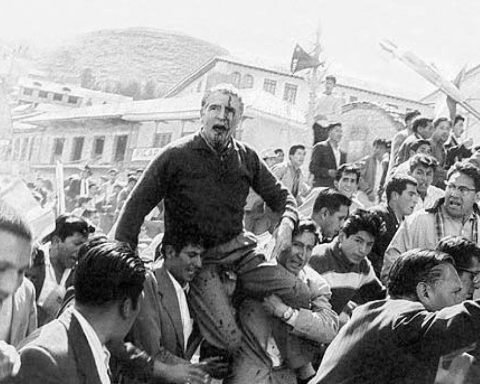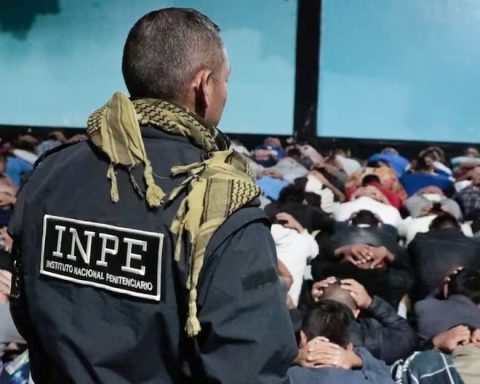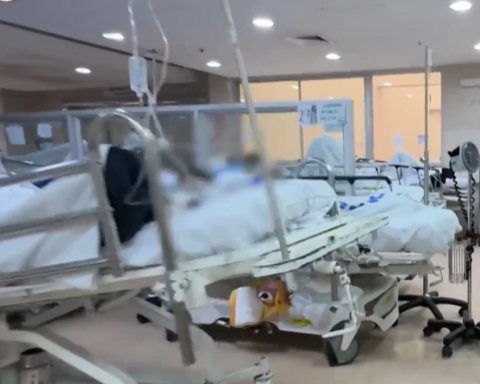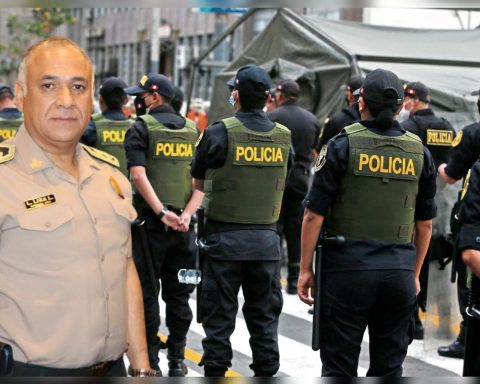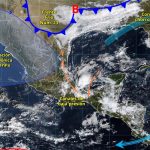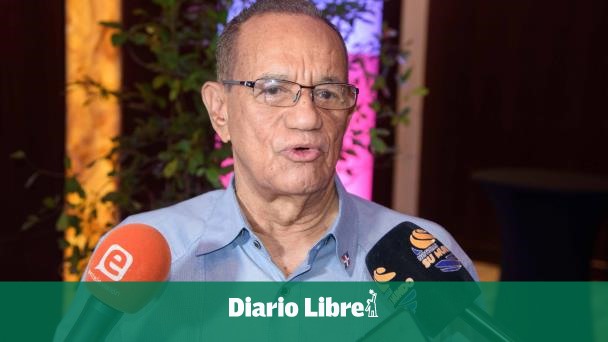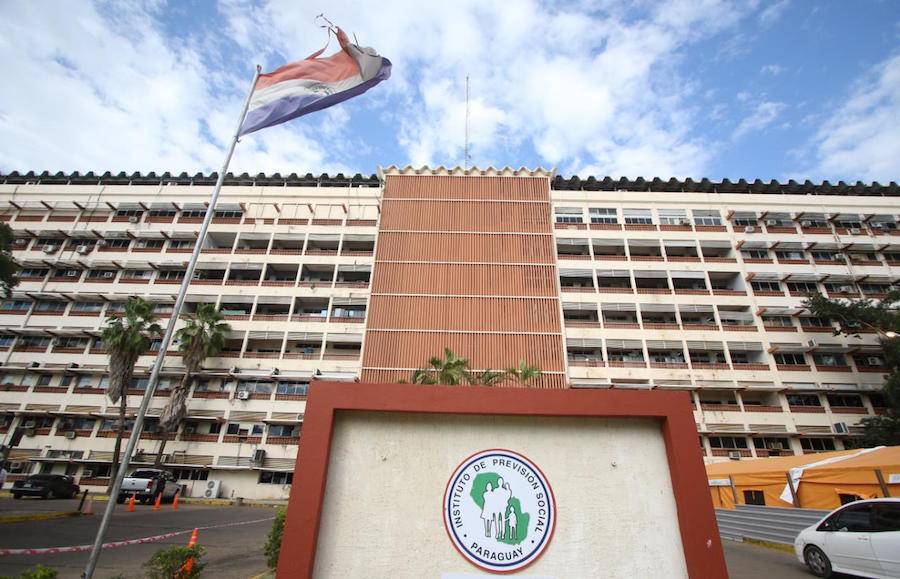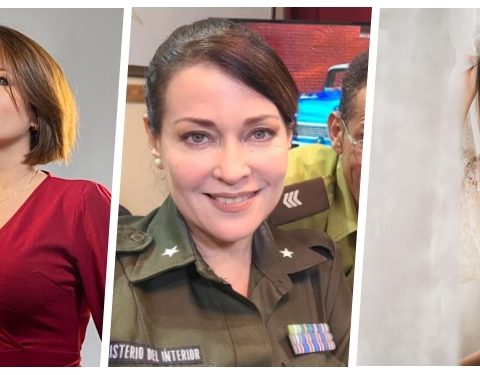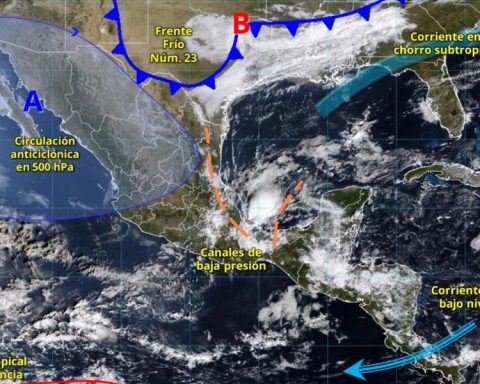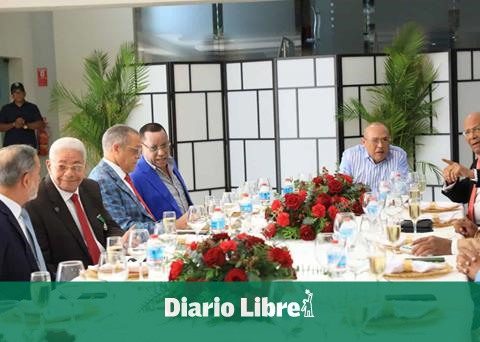At the border. Lava Jato Special Team failed to identify and point out the need and usefulness of the more than four thousand tests. Lawyers raise the absolute and total nullity of the process against Fuerza Popular.
Law storm. The preparatory investigation judge Víctor Zúñiga Urday had to launch this Friday, February 10, a legal lifeline to the Special Team of the Lava Jato case to prevent the cocktail case from sinking like the Titanic, colliding like an iceberg of inefficiency.
This after the Lava Jato Special Team failed to specify in writing the usefulness and necessity of the almost four thousand evidence per crime and for each of the 47 defendants, in the process followed by Fuerza Popular, led by Keiko Fujimori Higuchi.
On January 31, the judge had asked the Prosecutor’s Office to specify the almost four thousand pieces of evidence, including witnesses and documents, which served to prove a certain crime and the participation of the 47 defendants. The judge even pointed out that if he had to repeat it, he would do it as many times as necessary.
Zúñiga Urday justified this decision on the need for each of the defendants to know as accurately as possible what crimes they are accused of and what the facts that configured the illegal act are, in order to exercise their defense.
But the Prosecutor’s Office did not comply with presenting this precision. The assistant prosecutor Paulina Roque presented a document in which she indicates that the 1,121 witnesses are useful for all the five crimes attributed: criminal organization, money laundering, obstruction of justice, generic falsehood and false statement in administrative proceedings, and with respect to each one of the 47 defendants.
Unlimited Correction
This situation led the judge to ask the Prosecutor’s Office what information Jorge Barata or Marcelo Odebrecht could provide regarding the crime of obstruction of justice or false administrative statement. After trying to evade the answer, prosecutor Roque had to admit that these witnesses did not provide any information about these crimes.
“Then, well, said the judge, these witnesses are not for all crimes.” This would mean that the evidence will be presented without complying with what the procedural norm indicates.
Since this conclusion would generate the annulment of the case, the judge ruled that the Prosecutor’s Office may correct its brief verbally and, furthermore, that it has no limit to do so, that is, that it can do so as many times as necessary.
In this regard, Zúñiga Urday pointed out that January 31 was the first time that his office returned the accusation, in the substantial control stage of the case. The previous nine returns, he said, were made for formal control.
With this, it seeks to save the case and allow the Prosecutor’s Office to specify the witnesses and documents that it will use for each crime and for each defendant.
Nullity
The judge’s decision led the defendants’ lawyers to file appeals for absolute nullity of the process, as the provisions of the Code of Criminal Procedure for the presentation of testimonial and documentary evidence were not complied with.
Walter Palomino Ramírez requested the inadmissibility of the correction presented by the Prosecutor’s Office, since there is no procedural norm that allows correcting an accusation that had already been declared to be corrected.
Giuliana Loza and Gerson Camarena requested the absolute annulment of the Cócteles case, because the Prosecutor’s Office failed to specify the usefulness and necessity of each piece of evidence, and to conclude the entire process.
The judge rejected the requests for annulment, reserved to rule on the inadmissibility, but the lawyers appealed. ❖
The process will go limping
Judge Víctor Zúñiga insisted that the prosecutor Paulina Roque must specify, from the next hearing, verbally which witnesses are useful to demonstrate the five crimes and, in addition, individualize each of the defendants.
This will allow the process to advance, but it has received a blow that will keep it limping until the higher instance or the Supreme Court defines to what extent the Prosecutor’s Office can correct an accusation.
